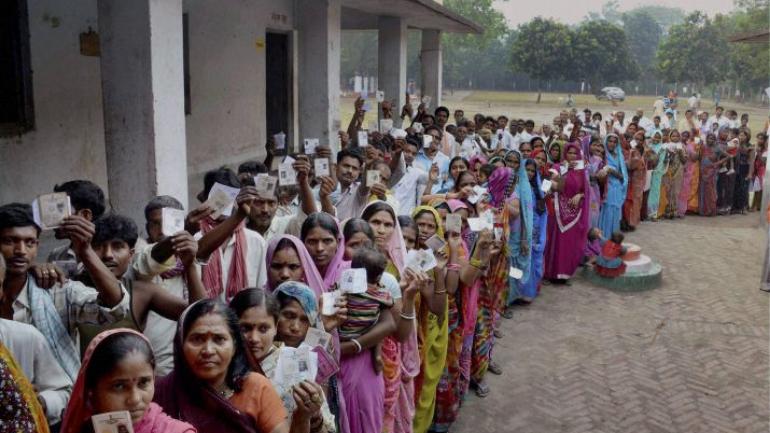The performance of regional parties proved exceptionally well in Maharashtra and Haryana assembly elections. Nationalist Congress Party (NCP) and Shiv Sena performed remarkably well in the state of Maharashtra. In fact, Shiv Sena registered the best strike rate in the assembly elections since 1994, when it formed the government for the first time in the state. At that time, the party won 74 seats and formed government in coalition with BJP.
In the last five and a half years, Congress lost its Maharashtra voter base to BJP. But, NCP has been able to save itself from Modi-Shah juggernaut. In 2009 assembly election, the party won 62 seats but its tally was reduced to 41 in 2014 assembly election. However, the party reached near 2009 level once again by improving its tally in 2019. In the last Maharashtra assembly, NCP was the fourth largest party in the state, but, now it has become the third-largest party with a marginal trail from Shiv Sena- second-largest party.
In Haryana elections too, BJP performed exceptionally well in the areas that were a stronghold of the Congress party but the party could not make significant inroads in the Jat voter base, who remained loyal to the descendants of Chaudhary Devi Lal. Jats have remained loyal to Indian National Lok Dal (INLD) – a family fiefdom of Chautala family, till 2014. The family infighting forced Dushyant Chautala to form a new party (JJP), but the voters remained loyal to the family scion.
The trends of regional parties holding their base is not limited to Haryana and Maharashtra assembly election. In assembly elections, BJP has not been able to make inroads in voter base of any regional party. Even in Karnataka, where BJP has a very strong presence, JD(S) has maintained its ‘Vokkaliga’ voter base. The party bagged 40 seats and 20.09 per cent votes in the 2013 assembly elections and in 2018 assembly elections, the party vote percentage was 18.3 per cent and won 37 seats.
The voters in these states go with BJP in Lok Sabha elections, given the immense popularity of PM Modi. But, in the assembly election, the voters go back to the regional parties which do identity politics.
Haryana is perhaps best example of this trend. In 2019 Lok Sabha elections, BJP bagged 58.2 per cent votes and Congress got 24.1 per cent, even Congress bagged 27.5 per cent votes while regional parties like JJP, HJC, INLD could not garner even 10 per cent votes combined. But, in the assembly elections, JJP bagged 14.9 per cent votes and BSP got 4.1 per cent vote.
The voting preference for Modi in the national election also shows the maturity of Indian voters and their ability to differentiate between national issues and state issues. This ‘electoral maturity’ will help in the national development of India as people would make informed choices to lead them in 21st century.
PM Modi remains immensely popular among the electorates of the country. His popularity transcends regional, caste, and class divide. Under his leadership, BJP bagged votes of upper castes, OBCs, SC and ST electorates. His popularity also transcends class factor as middle class, upper class, and poor votes, although for different reasons. Under his leadership, BJP expanded in Northern, Southern, Eastern, and Western regions of the country.
In the states like Kerala, Tamil Nadu, Andhra Pradesh, Telangana and Odisha, the voters of Congress shifted to BJP and the party has been able to make its presence felt in the last few years. But the voter base of regional parties has remained loyal to them. In fact, majority of the leaders who joined BJP in these states were turncoats from Congress.
Under Narendra Modi, the party has developed a take-no-prisoners attitude to politics, leading to an unending appetite for winning. From Modi’s oratory and pro-poor schemes to the ability to convert every possible potential voter to a committed finger pressing the lotus symbol on the EVM button, he has left nothing to change. But, in assembly elections, majority of voters remain loyal to regional parties as seen in the case of NCP, JD(S), SP, BSP, BJP, and INLD- which believe in identity and caste based politics.
